Fabric pilling is a common issue that affects the aesthetics and durability of various textiles. Often mistaken as a sign of wear or low quality, pilling is actually a natural process that can happen to almost any fabric. Understanding how to prevent fabric from pilling is crucial for maintaining the appearance and longevity of clothing and upholstery. This post delves into effective strategies and practices to minimize and manage fabric pilling, ensuring your fabrics stay smooth and visually appealing for longer periods. From selecting the right materials to proper washing techniques, you will learn all you need to know to combat this pesky problem.
Contents
The Basics of Fabric Pilling
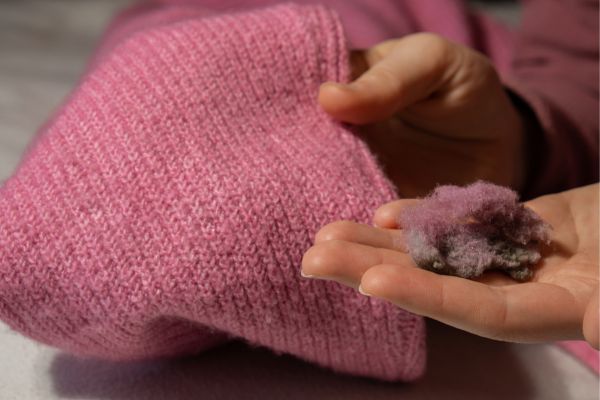
Fabric pilling occurs when fibers in a fabric break, tangle, and form small balls on the surface. This is often caused by friction during use or washing. While pilling does not necessarily indicate poor quality, it can significantly affect the fabric’s appearance. Natural fibers like cotton and wool are particularly prone to pilling, but synthetic fibers aren’t immune either. The type of weave and fabric construction also play a role in how likely a fabric is to pill.
Understanding the different factors that contribute to pilling is the first step in prevention. Fabrics with longer fibers, such as high-quality cotton and wool, are less likely to pill compared to those with shorter fibers. Blended fabrics, combining natural and synthetic fibers, often exhibit varying degrees of pilling. External factors like frequent washing, harsh detergents, and rough usage can exacerbate the issue. Therefore, choosing the right fabric based on your usage and care habits is crucial in reducing the likelihood of pilling.
Choosing the Right Fabric

Selecting fabrics that are less prone to pilling is a proactive way to prevent the issue. When shopping for new garments or textiles, it’s essential to pay attention to the fabric content labels. Fabrics like tightly woven polyester or nylon blends tend to resist pilling better than loosely woven natural fibers. Fabrics made from long-fiber textiles like silk and high-grade cotton also have lower tendencies to pill.
However, the choice of fabric should also consider the intended use and required care. For instance, delicate fabrics may resist pilling but might need special care, whereas more durable, pill-resistant fabrics might be more suitable for everyday use. Understanding fabric blends is key; sometimes, a blend of natural and synthetic fibers can offer a good balance between durability and comfort while minimizing pilling. Always check the labels for fiber content and care instructions to make an informed decision.
Proper Washing Techniques
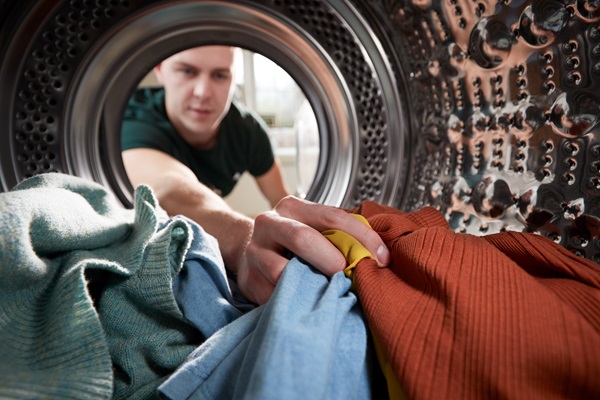
Washing plays a significant role in the prevention of fabric pilling. Using the proper method for each fabric type is crucial. It’s recommended to turn garments inside out before washing to reduce friction. Gentle wash cycles with mild detergents are ideal for most fabrics. Avoid overloading the washing machine, as this can increase friction among clothes, leading to more pilling.
The temperature of the water is also important. Cold water is generally safer and can prevent shrinkage and fiber breakdown, contributing to pilling. For delicate fabrics, hand washing is often the best choice. It’s also advisable to separate fabrics prone to pilling from those that are not, as this can reduce the overall friction during the washing process. Using mesh laundry bags for particularly delicate items can provide an extra layer of protection.
Drying and Handling Post-Wash
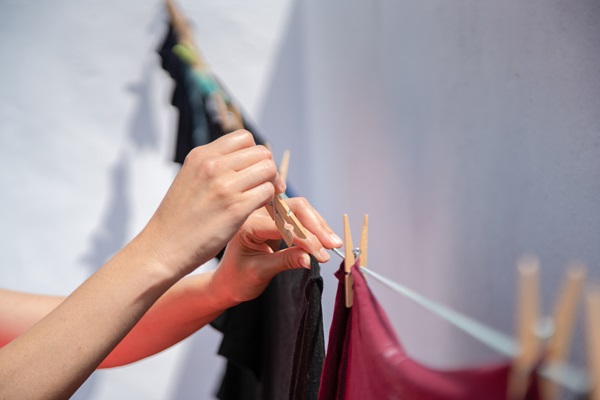
The drying process is just as important as washing in preventing fabric pilling. Tumble drying should be on a low or no-heat setting to avoid excessive agitation and heat, which can break fibers and cause pilling. For many fabrics, air drying is the best option. Lay flat or hang clothes to dry, avoiding direct sunlight, which can degrade fabric fibers over time.
After washing, handle wet clothes carefully. Avoid wringing out water, as this can twist and break fibers, leading to pilling. Instead, gently squeeze out excess water or roll the garment in a towel to absorb moisture. When using a dryer, consider adding dryer balls, which can help to softly separate fabrics, reducing friction and the chance of pilling. Remember, over-drying can weaken fibers, so remove clothes from the dryer while they’re still slightly damp and allow them to finish air drying.
Regular Maintenance and Care
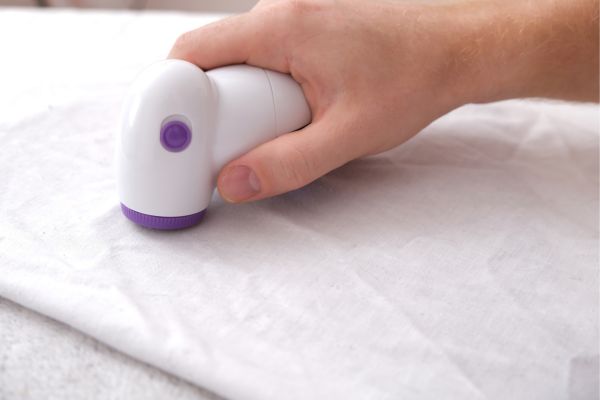
Regular care and maintenance are vital in preventing pilling. Daily wear and tear can cause fabrics to pill over time, but with proper care, this can be minimized. Brushing fabrics gently with a soft-bristled brush can help remove loose fibers before they turn into pills. This is especially useful for woolen garments and upholstery. For fabrics that are already showing signs of pilling, a fabric shaver or a pill remover can be used to gently shave off the pills, restoring the fabric’s smooth surface.
Another key aspect of maintenance is being mindful of how you use and treat your clothes. Avoiding harsh activities that can cause excessive friction, such as carrying heavy bags over your shoulder, can prolong the life of the fabric. Additionally, rotating your wardrobe so that you’re not wearing the same items continuously can also help reduce wear and tear. Inspecting your garments regularly for early signs of pilling is important, as addressing the issue early on can prevent further damage and extend the fabric’s lifespan.
Storage Solutions for Fabrics
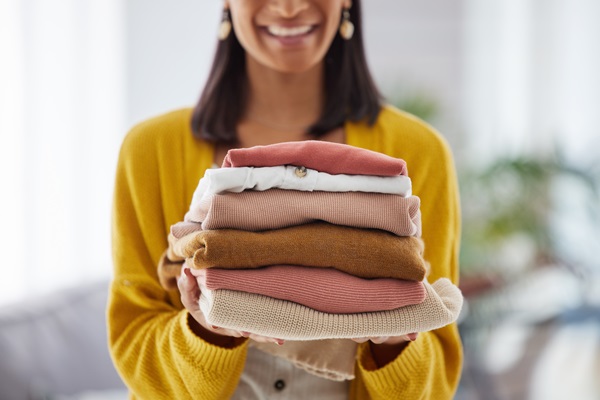
Storing your clothes and fabrics correctly is essential in preventing pilling. Clothes should be stored in a clean, dry place away from direct sunlight, which can weaken fibers and make them more prone to pilling. Folding clothes neatly, rather than stacking them in a cramped space, can reduce friction and stress on the fabrics. For knitwear and other delicate items, using garment bags or wrapping them in acid-free tissue paper can provide extra protection against pilling.
Humidity can also affect fabrics, leading to pilling and other issues. Ensure your storage space is well-ventilated, and consider using dehumidifiers or silica gel packets in areas with high humidity. Keeping your clothes in an organized manner not only helps prevent pilling but also makes it easier to manage and care for your wardrobe.
Lifestyle Tips to Reduce Pilling
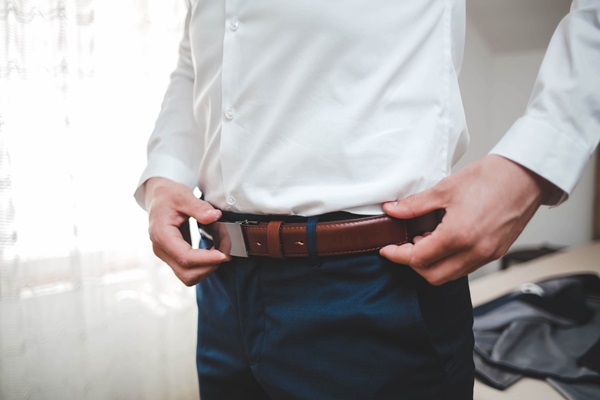
Your lifestyle choices can significantly impact the longevity and appearance of your fabrics. Being conscious of how you interact with different materials can help minimize pilling. For instance, choosing furniture and car seats with smooth surfaces can reduce the friction on your clothes. Similarly, being mindful of the accessories you wear, such as belts, bags, and jewelry, can prevent unnecessary rubbing against your garments.
Physical activities and the environment you are in also play a role. Avoiding rough surfaces and being careful when exercising or engaging in outdoor activities can protect your clothes from excessive wear. Simple adjustments in your daily routine can make a big difference in the overall health of your fabrics.
Professional Care and Services

Sometimes, despite your best efforts, professional intervention may be necessary to maintain your fabrics. Professional cleaners and garment care specialists have the expertise and equipment to handle delicate fabrics prone to pilling. Services such as dry cleaning can be particularly beneficial for high-quality garments, as they use gentler processes compared to regular washing.
If you’re frequently facing issues with pilling, seeking advice from a professional can provide insights into better care practices tailored to your specific garments. They can also offer specialized treatments, such as protective coatings, that can help reduce pilling. Investing in professional care can significantly extend the life and appearance of your favorite fabrics.
Say Goodbye to Pilling, Hello to Lasting Beauty
Preventing fabric pilling is not just about preserving your clothes; it’s about embracing an attitude of care and attention towards your belongings. By integrating these strategies into your routine, you can significantly enhance the lifespan and appearance of your fabrics. Remember, every small step counts, from choosing the right fabric to adopting proper care techniques. Start today, and you’ll see a noticeable difference in the quality of your fabrics. Commit to better fabric care and enjoy the lasting beauty and comfort of your cherished garments and textiles.


